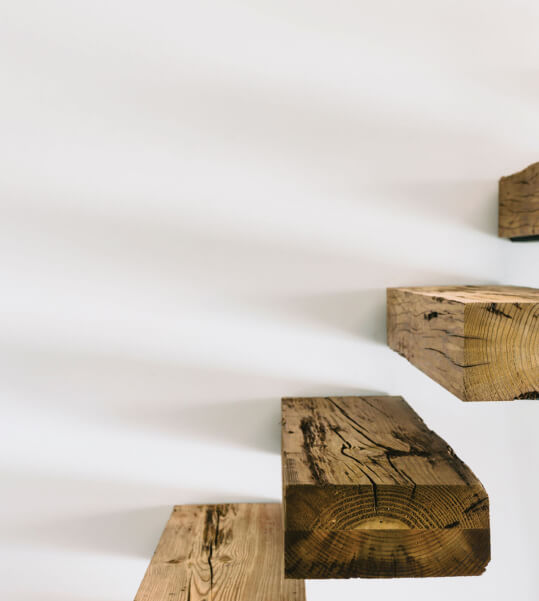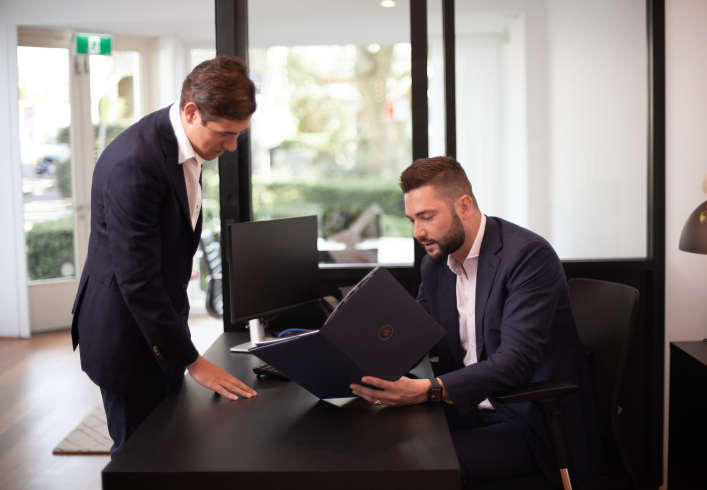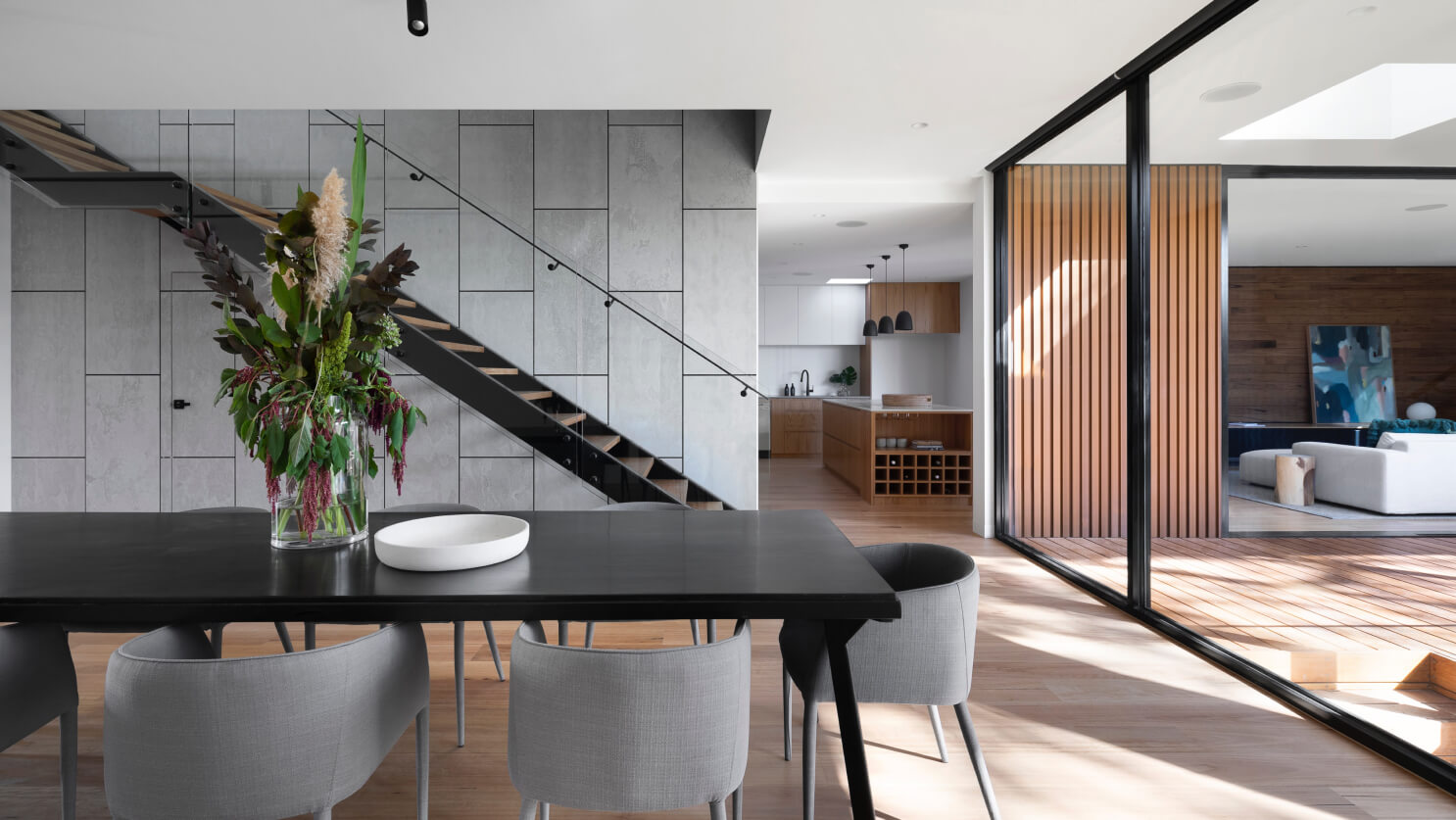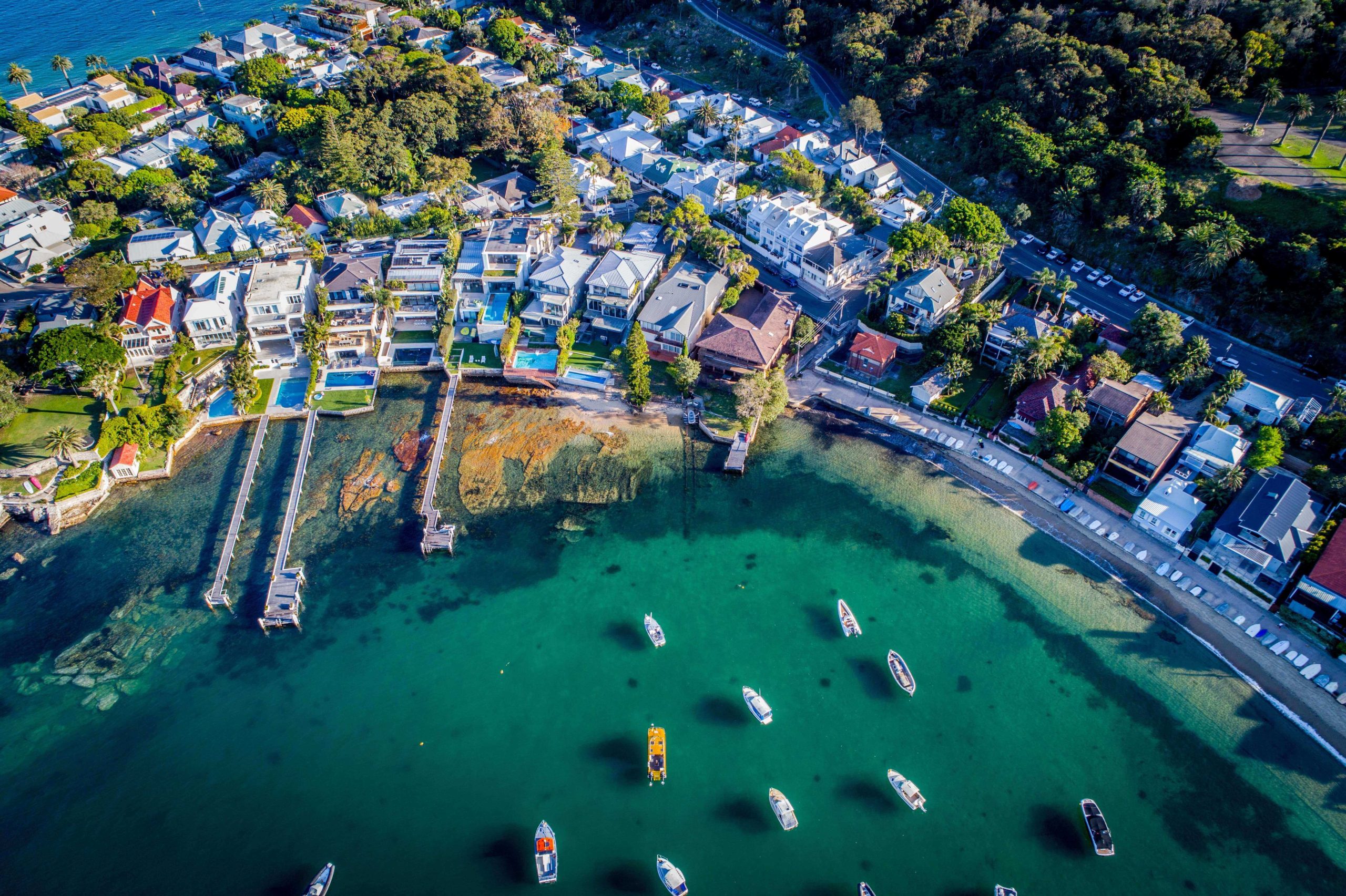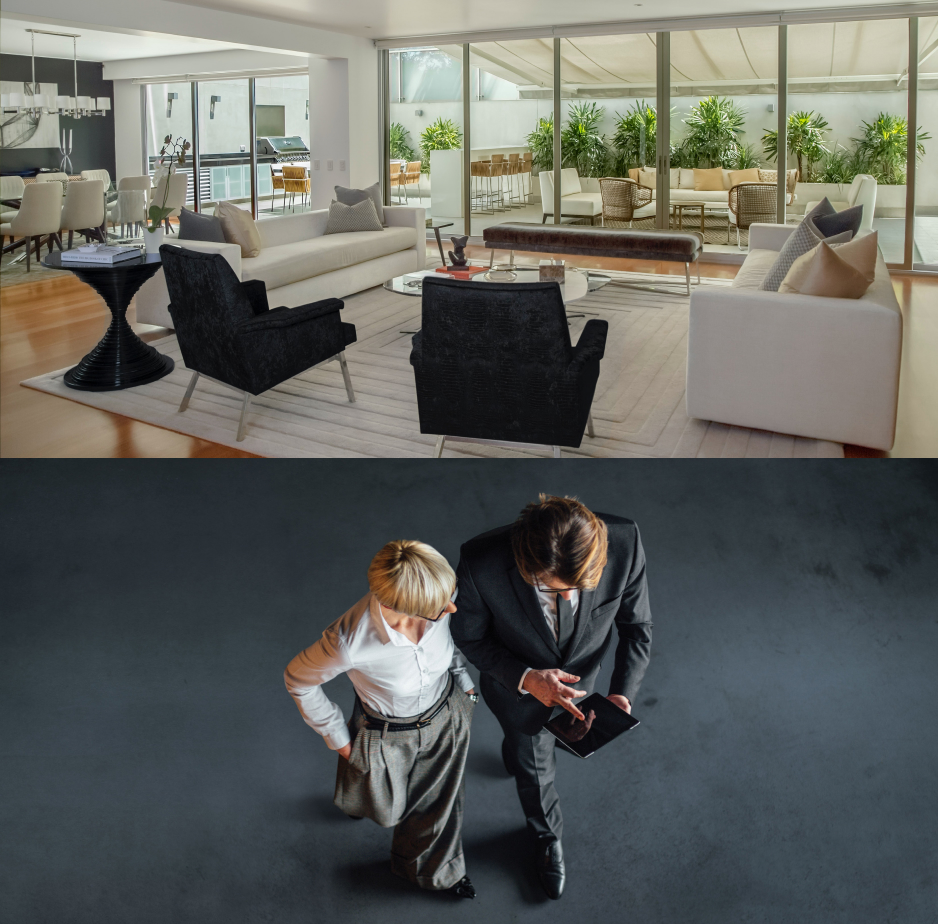What are the initial costs?
Residential
When buying a residential investment property, your initial purchase costs include:
- Your initial deposit (usually 10-20% of the purchase price)
- Stamp Duty (find out your estimated stamp duty rate here)
- Transfer Fees
- Mortgage Registration
- Brokerage Fees
- Solicitor Fees (approx. $2,000)
- Buyer’s Agency Fees (usually approx.2% of the purchase price)
- Building / Pest Inspection (usually approx. $800)
To give an example of what this looks like. When buying a residential investment apartment for $2 million dollars an investor, your initial outlay would look something like this:
| Deposit @ 20% | $400,000 |
| Stamp Duty | $94,200 |
| Transfer Fees | $155 |
| Mortgage Registration | $154 |
| Brokerage Fees | $800 |
| Solicitor Fees | $2,000 |
| Building / Pest Inspection | $800 |
| Buyer’s Agency Fees | $40,000 |
| Total Cash Investment | $538,109 |
Commerical
When buying commercial property on the other hand, it is more expensive initially than buying a residential property of the same price. But the higher initial outlay comes with immediate benefits including much higher cashflow.
When buying a commercial investment property, your initial purchase costs include:
- Your initial deposit (usually 30-40% of the purchase price)
- Stamp Duty (find out your estimated stamp duty rate here)
- Transfer Fees
- Mortgage Registration
- Loan Establishment Fee (0.15-0.5% of the total debt)
- Valuation (approx. $3,500)
- Solicitor Fees (approx. $2,000)
- Buyer’s Agency Fees (usually approx.2% of the purchase price)
- Building / Pest Inspection (usually approx. $800)
So, a typical 2-million-dollar purchase for a commercial property may look more like this:
| Deposit @ 40% | $600,000 |
| Stamp Duty | $94,200 |
| Transfer Fees | $155 |
| Mortgage Registration | $154 |
| Loan Establishment Fee | $7,000 |
| Solicitor Fees | $2,000 |
| Valuation | $3,500 |
| Building / Pest Inspection | $800 |
| Buyer’s Agency Fees | $40,000 |
| Total Cash Investment | $747,809 |
Cash Flow & Ownership Costs
Residential
The typical residential investment property has a 3-4% gross yield.
To carry on our example – For a typical investment of $2,000,000, you would expect a rental return of between $1,200-$1,500 per week ($62,400-$78,000 per annum) in metropolitan Sydney.
Property owners pay the outgoing expenses for residential investment properties. They are also responsible for the ongoing maintenance of the property. We advise that property owners to budget around 2 months’ rent per year to cover incidental and routine maintenance expenses.
For a $2,000,000 residential investment property in Sydney, the net yield would sit between 2.7% and 3.5%.
The monthly financial position would look something like this:
| Mortgage Repayments | $7,185 |
| Monthly Outgoing Expenses | $667 |
| Management Fees | $410 |
| Budgeted Maintenance Costs | $1,000 |
| Total Monthly Expenses | $9,261 |
| Rent Collected + | $5,850 |
| Monthly Cashflow Position | -$3,411 |
Commercial
The typical commercial investment property has a 4-6% gross yield.
Now if we use the retail shop example for the same price in a similar location. You would expect a rental return of around $1,923 per week ($100,000 per annum).
The net yield on a commercial property is higher. Tenants also pay the property’s outgoing expenses and cover all non-structural maintenance.
For a $2,000,000 commercial asset in a Sydney metro location, the net yield would be 4-5%.
However, incentives such as rent-free periods or capital contributions are typical features of commercial leases. For example, it’s usual for there to be a 1-month rent-free period per year built into a commercial lease.
The monthly financial position would look something like this:
| Mortgage Repayments | $6,287 |
| Monthly Outgoing Expenses | $0 |
| Management Fees | $416 |
| Estimated Maintenance Costs | $0 |
| 1-Month Rent-Free Incentive | $694 |
| Total Monthly Expenses | $7,397 |
| Rent Collected + | $8,333 |
| Monthly Cashflow Position | +$936 |
So, while the initial outlay for commercial property is higher, investors have an immediate positive cash-flow position.
Stability & Tenancy Turnover
Residential
The typical term for a residential tenancy agreement is just 12 months.
Each time a tenant vacates, the property needs to be advertised and re-let to new tenants.
This reletting process typically costs the landlord the equivalent of 1-2 weeks’ rent in letting fees, plus an additional $500-600 for online advertising and signboard costs. Once advertised, a typical residential investment takes 1-4 weeks to tenant.
If the property is unfurnished, this high tenancy turnover significantly increases the likelihood and severity of wear on the property. There may also be maintenance costs and a brief period of vacancy that the property owner may need to absorb.
Commercial
Leases for a commercial property are usually between 3-5 years – with options for the tenant to continue for 3-5 years once the lease expires.
Tenancy turnover for commercial property is infrequent, but the process of re-letting is much more involved and expensive than for residential properties.
Re-letting a commercial property may take 1-3 months and cost the landlord 11-12% of the annual rent in leasing fees. During the vacancy period, the owner will also have to absorb the property’s ongoing costs. However, there is usually no maintenance involved in-between tenancies.
Rental Growth & Capital Growth
Rental Growth
Another major difference between residential and commercial property is the way rental increases are managed.
For residential property, rents increase (or decrease) only when the market shifts. The typical rate of rental growth for residential property in Sydney is circa 5% per annum.
For commercial property, while market shifts matter, rental increases are pre-planned and built into the leases. Most commercial leases will have an increase scheduled annually. For example, a lease might define a built-in annual increase of 3.5-4%.
At the end of the fixed commercial lease-term, there is usually a market-rent-review that takes place before the tenant exercises their “option” to stay for an additional period.
Capital Growth
Both residential and commercial investments are best used as long-game investments. No matter which asset class you are investing in, you should be prepared to buy and wait.
Residential investment properties, if bought well, offer strong capital growth to investors. It is normal for a well-located property in Sydney to grow in value by 50% or more over 10 years.
Commercial properties vary significantly in growth prospects. Office spaces and retail shops grow at vastly different rates, so it is difficult to speak broadly about. But if we speak again to our $2,000,000 Sydney retail shop example, you can happily expect a 10-year growth of around 40%. This occurs in line with the annual rental increases.
Wrapping up
Both asset classes make fantastic investments for varied reasons. They both offer investors financial stability, healthy capital growth and a hedge against inflation.
Residential properties require less capital up-front than commercial properties of the same price. Leases are shorter, tenancy turnover is higher, and landlords need to factor in ongoing expenses and maintenance costs. However, re-letting is cheap and quick, and vacancy is minimal.
Commercial properties on the other hand require more capital up-front; but offer an immediate positive cashflow position – as well as a higher rate of return for investors. They also have lower ongoing maintenance costs, with most of these covered by the tenant. The leases are longer, have in-built rental increases, but are more complex and onerous. Vacancy periods are also longer, and leasing costs are higher.
On balance, there are great arguments for both asset classes as investment choices. When building a property portfolio for wealth creation – it is best to diversify investments into both commercial and residential property.
If you have any questions about commercial property investment, or would like to discuss which is best for you, you can reach me directly at greg@roseandjones.com.au.



